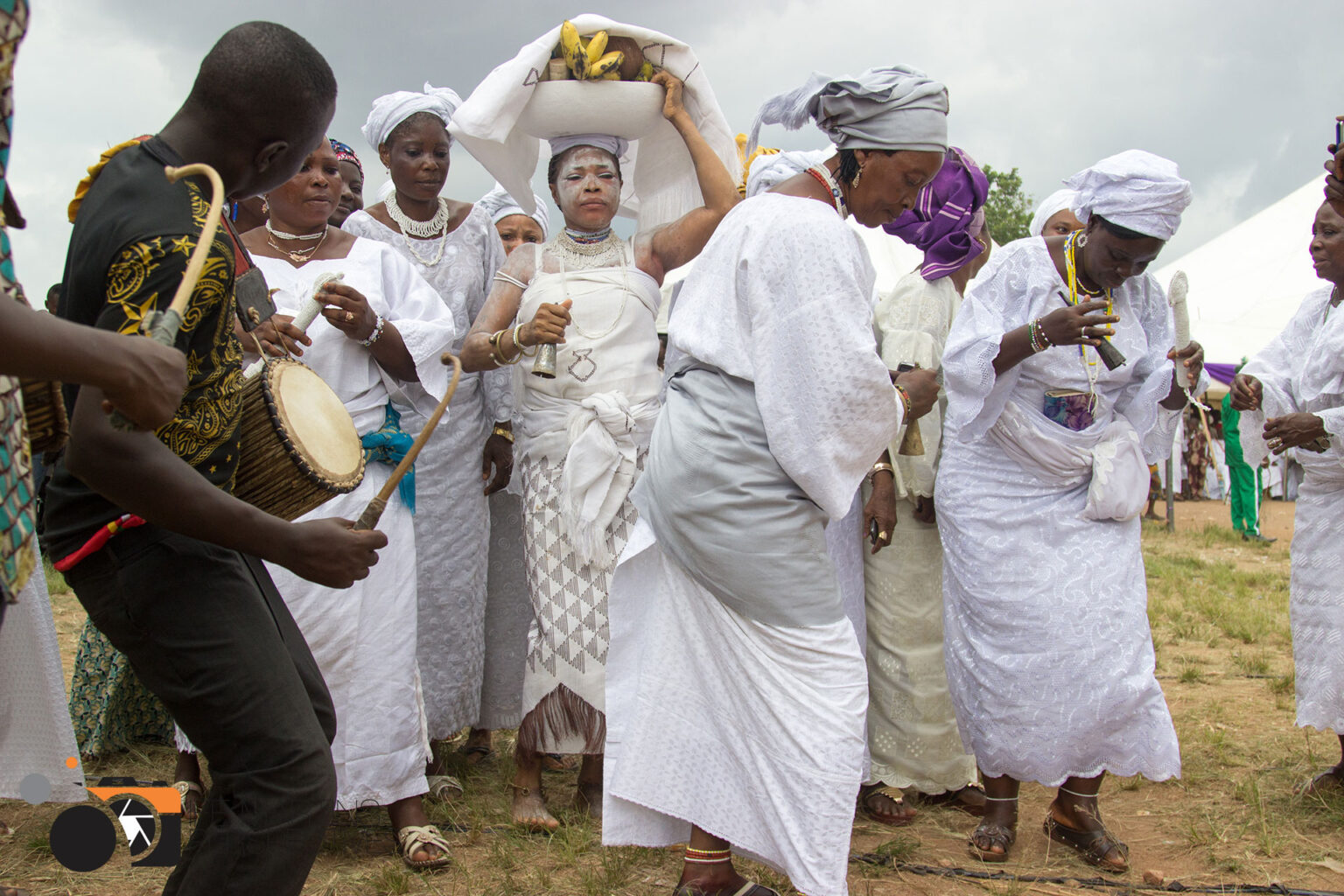The Osun-Osogbo Competition is a celebration deeply rooted within the cultural and non secular heritage of the Yoruba individuals of Nigeria.
[ad]
The Osun-Osogbo Competition has a wealthy historical past that spans over 700 years. In response to custom, the origin of the pageant is rooted in an ancestral occasion.
Right here's the fascinating story:
Way back, a bunch of migrants, led by an amazing hunter named Olutimehin, settled alongside the banks of the Osun River to flee famine. After they started to chop down timber for the settlement, the spirit of the river goddess, Yeye Ọ̀ṣun, appeared earlier than Olutimehin.
She instructed him to steer the individuals to a particular place, which might later turn into the present-day city of Osogbo.
In return for his or her security and prosperity, Yeye requested Ọ̀ṣun for an annual sacrifice. This sacred pact continues to be celebrated because the Osun-Osogbo Competition.
READ ALSO: 6 Nigerian Conventional Festivals You Didn't Know About
Since then, the sacred groves have turn into the non secular residence of Ọ̀ṣun. The goddess is worshipped because the protector of the individuals and the supply of life-giving waters.
[ad]
The Osun-Osogbo pageant is held yearly in August and attracts hundreds of devotees, spectators and vacationers from everywhere in the world.
Osun, also called Ọ̀ṣun, Ochún, and Oxúm, is a revered orisha (deity) within the Yoruba faith of southwestern Nigeria. She embodies numerous points of life and spirituality. Particularly, she represents divine power, purity, femininity, magnificence, love, and fertility.
In Yoruba mythology, Ọ̀ṣun performed an necessary function within the creation of the world, together with different spirits. Her story revolves round themes of female energy.
As a mortal, she fell in love with Shango, the god of thunder and lightning, and have become considered one of his wives.
[ad]
Attention-grabbing details concerning the pageant:
Childbirth and fertility
Historically, married girls wanting the fruit of the womb go to the Osun forest, a sacred place.
Shade of the day
The Ọ̀ṣun monks and priestesses put on white robes to honor the òrìṣà (deity) of fertility. Additionally they type their hair historically, as do olórìṣà (initiates of a Yorùbá deity).
Complete
Through the pageant, numerous rituals happen. On August 1st, there may be specifically the standard cleaning of Osogbo, often known as “Iwopopo”. After this, three days later, the 500-year-old six-pointed lamp, referred to as “Atupa oloju merindinlogun”, is ceremonially lit after the cleaning of the land.
[ad]
Previous age
A royal maiden carries a symbolic gourd full of sacrificial gadgets on her head as she walks towards the forest. Her attendants, often known as olose (whipping boys), be sure that she completes this journey with out tripping or falling. The Atáọ́ja then provides the sacrificial gadgets to the goddess by throwing them into the river, formally concluding the Osun pageant.
[ad]
